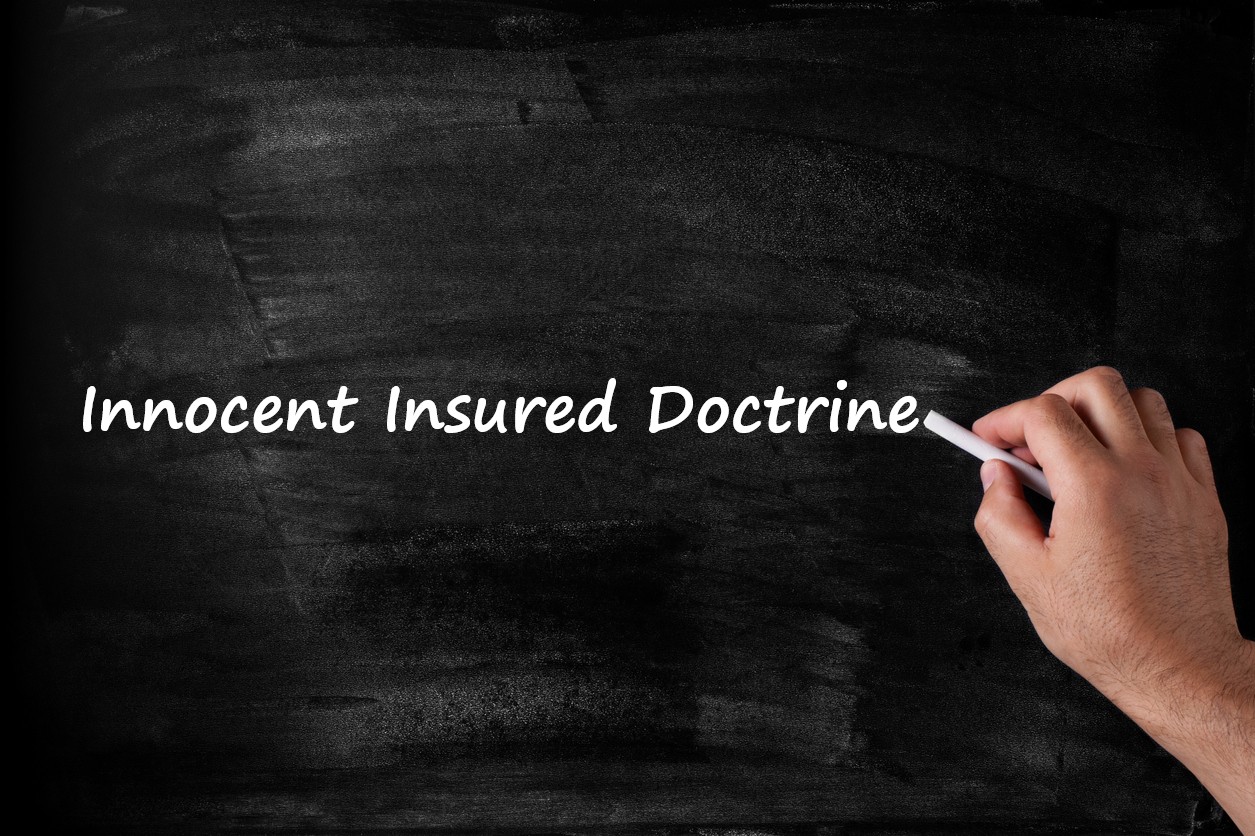When I see an insurance case that has a connection to golf, it immediately peaks my interest. This week, I will discuss a case involving a golf course in Connecticut which sustained damaged as a result of Tropical Storm Irene in August 2011.1 The Country Club of Fairfield is bordered on three sides by Long Island Sound and by a seawall. Because of Tropical Storm Irene and its 60 mph wind speeds, Long Island Sound’s waters breached the seawall and spilled onto the golf course, causing significant damage to the golf holes. Because of this physical damage to the golf holes, the club was forced to cancel golf tournaments scheduled from September 2011 through the remainder of the year, resulting in significant loss of revenue.
The commercial property insurance policy contained a limit of $10,304,070. The “Premier Property Coverages” section required the insurer to “pay for direct physical loss of or damage to Covered Property at the premises described in the Declarations caused by or resulting from any Covered Cause of Loss.” The definition of “Covered Property” included “retaining walls” and “golf holes.” Finally, the policy defined “Covered Causes of Loss” as “RISKS OF DIRECT PHYSICAL LOSS” unless the loss is excluded or limited by the terms of the Policy. The insurer made a partial payment for the flood damage to the seawall, and applied a higher deductible, but denied the claim as to the significant damage to the golf course and any related business income losses.
In this case, the insured asserted claims for breach of contract and bad faith, noting that the insurer reached its coverage decision without a reasonable or adequate investigation into the cause of the claimed damage. The insurer, citing an interest of judicial economy and to prevent prejudice to the insurer, filed a motion to request the court to bifurcate the breach of contract and bad faith counts and stay discovery on the bad faith count until the breach of contract claim is resolved. Under the Rule 42(b) of the Federal Rules of Civil Procedure, “[f]or convenience, to avoid prejudice, or to expedite and economize, the court may order a separate trial of one or more separate issues, claims, crossclaims, counterclaims, or third-party claims.” Bifurcation is within the district court’s discretion and is decided on a case-by-case basis.2 When a court considers whether to bifurcate, it will examine multiple factors, including “whether bifurcation is needed to avoid or minimize prejudice, whether it will produce economies in the trial of the matter, and whether bifurcation will lessen or eliminate the likelihood of juror confusion.”3
Here, the court did not permit bifurcation of the claims or a stay of discovery recognizing that the validity of the bad faith claim is not necessarily dependent upon resolution of the breach of contract claim against the insurer:4
While it may be theoretically advantageous to bifurcate discovery, New Hampshire provides no concrete grounds — much less substantial grounds — for this Court to conclude that it will prevail on count one, consequently mooting count two,” Judge Bryant wrote. “It is therefore entirely probable that New Hampshire will not prevail on count one and that, after disposition of the yet-unfiled motion, counts one and two will remain extant and no discovery will have been conducted as to count two.
While there may be times when bifurcation is appropriate, here the court did not think so. The court considered the fact that the parties had not yet exchanged briefs on the breach of contract allegations and held that the insurer failed to meet its burden to establish that either a stay of discovery or bifurcation is warranted.
1 Country Club of Fairfield, Inc. v. New Hampshire Ins. Co., 3:13-CV-00509 VLB, 2014 WL 3895923 (D. Conn. Aug. 8, 2014).
2 Svege v. Mercedes–Benz Credit Corp., 329 F.Supp.2d 283, 284 (D.Conn.2004).
3 Id.
4 Country Club of Fairfield, Inc. v. New Hampshire Ins. Co., 3:13-CV-00509 VLB, 2014 WL 3895923 (D. Conn. Aug. 8, 2014).



